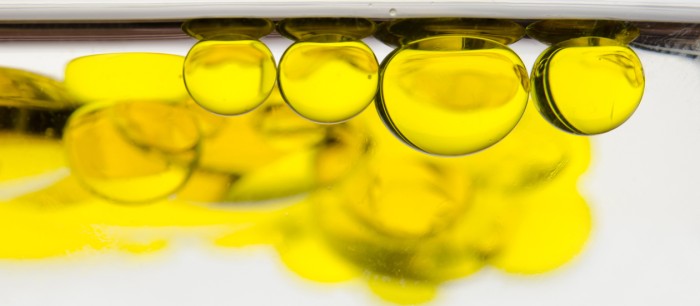MENU
DK | DKK
Logged in as:
DK | DKK
No results found
Search Suggestions

Small Volumes and Varying Liquids – A Challenge for Pipettes and Their Users
Lab Academy
- Viscosity & Liquid Types
- Essay
Precise Pipetting of challenging liquids - there are a number of liquids in daily lab work which are hard to pipette accurately. Reliable results can be obtained through understanding the liquids’ specific characteristics, by acting carefully and through bearing in mind a few tricks.
A drizzle droplet contains approximately 0,001 milliliters of rainwater. This tiny amount of water corresponds to the volumes of liquid which some scientists have to handle in their everyday work. In many practical applications, liquids must be measured, transported and dispensed in hundredths of a milliliter scale. Such situations occur within life science laboratories, medical research and diagnostic establishments, forensic institutions and within cosmetics and food industry development and quality control centers. These so-called microliter samples have to be pipetted in a manner which can be repeated as precisely and reliably as possible. The scientist’s tools for this are micropipettes.
High precision for defined volumes
Pipetting of small volumes from 0,1 up to 5000 microliters is commonly carried out by using micropipettes. The basic function of these precision instruments results from a piston-driven air displacement. When the piston inside the pipette is pressed down, the internal air is displaced. The vacuum subsequently created through the upward movement of the piston then aspirates the sample into a disposable tip. Another type of mechanism uses a micro syringe with an integrated plunger as the tip. The plunger has direct contact with the liquid, hence the term, direct displacement. Several sorts of mechanical and electrical micropipettes are available as well as multichannel versions and hand dispensers. When calibrated regularly, they allow for highly precise pipetting of aqueous solutions. On the other hand, how about the pipetting performance when working with different liquids?Viscous, dense or foaming – samples can be so diverse
Many liquids used in the laboratory have physical properties which differ from water. These specific characteristics can directly influence the pipetting accuracy causing significant errors within an assay process. Viscosity, density, surface tension, vapor pressure and foam formation are typical problems which scientists have to deal with. Direct displacement pipettes are usually a good choice for special liquids because most inaccuracies occur through factors which affect the air cushion’s volume. However, when working with air cushion pipettes, a variety of techniques can be applied to deal with such challenges. Very slow and reverse pipetting, for example, can reduce retention effects observed with liquids which are viscose, or which have low surface tension or are foaming. Pre-wetting, a repeating pattern of aspirating and dispensing can be used to prevent liquid leakage, a phenomenon seen with high vapor pressure liquids. Volume errors caused by density effects have to be compensated through deliberate “miscalibration”.Pipettes in the desert
Environmental factors need to be considered as well. Temperature, atmospheric pressure and humidity can all create variability. A group of scientists followed an unusual course and undertook an extreme pipetting expedition. Whilst visiting hot springs in Yellowstone National Park, climbing Mount Washington at a height of 1916 meters and experiencing the extreme dry heat in Death Valley, they carried out pipetting fieldwork and observed significant volume errors. However, they also come up with some tips to counter such errors: Pipettes should be calibrated in the actual lab where they are to be used to ensure that they are properly adjusted to the correct height above sea level. When pipetting warm or cold liquids, the pipette tip should be pre-equilibrated to the liquids temperature. In order to eliminate volume variations caused by strong humidity changes, pipettes should, as a most basic measure, be calibrated in accordance with the changing seasons.It’s quite easy
When keeping all these tips in mind, there is nothing to prevent scientists from easy, precise and reliable pipetting results – even with challenging liquids.Read more
Read less
